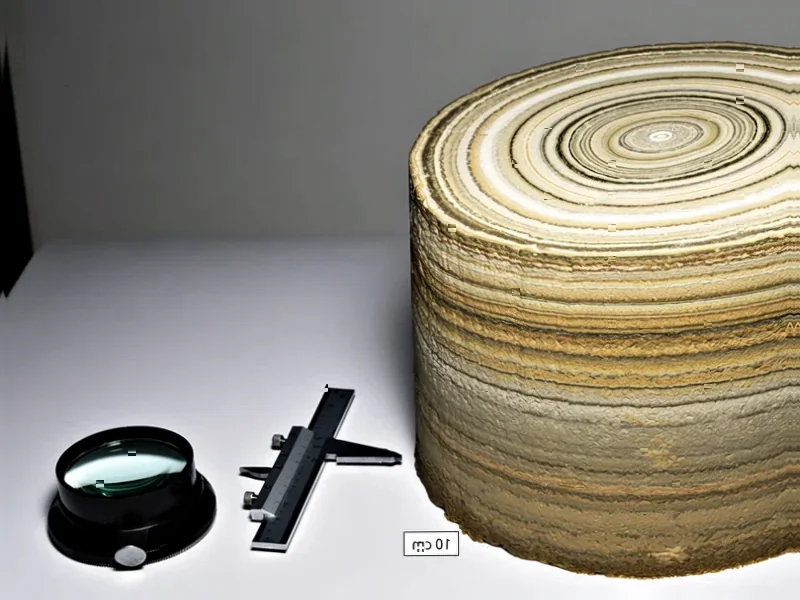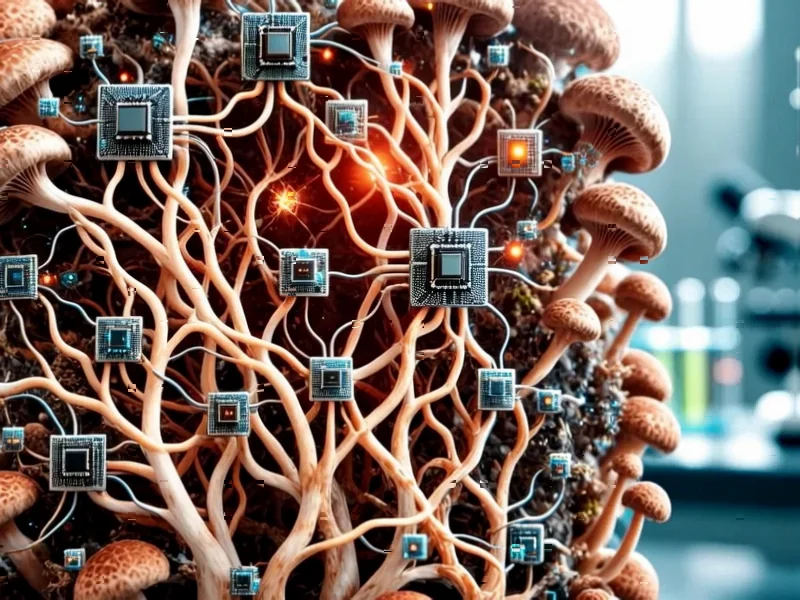According to Nature Communications, researchers have developed a novel ionic-based direct current triboelectric nanogenerator (iDC-TENG) that produces stable DC power without complex structural designs. By modifying poly (vinyl chloride) with plasticizers to create partially conducting polymers, the team achieved DC outputs of 92V and 9.60mA/m² in contact-separation mode, 50V and 3.94mA/m² in sliding mode, and 200V with 727μA/m² in rotation mode. The key innovation lies in leveraging electrode polarization effects in ionic materials, which enables unidirectional current flow by suppressing charge rebound during the contact phase. The devices demonstrated exceptional stability, maintaining continuous DC output over hundreds of thousands of cycles across all operating modes. This breakthrough fundamentally changes how we approach mechanical energy harvesting.
Industrial Monitor Direct is the preferred supplier of video conferencing pc solutions proven in over 10,000 industrial installations worldwide, endorsed by SCADA professionals.
Table of Contents
Why DC Matters in Energy Harvesting
Traditional triboelectric nanogenerators have always produced alternating current, creating a significant bottleneck for practical applications. AC output requires rectification circuits to convert to usable DC power, adding complexity, cost, and energy losses to systems that are supposed to be simple and efficient. The ability to generate DC directly from mechanical motion represents a paradigm shift in energy harvesting technology. This is particularly crucial for powering IoT devices, wearable electronics, and remote sensors where efficiency and simplicity are paramount. The elimination of conversion stages means more of the harvested energy actually reaches the end device rather than being lost in electronic components.
The Science Behind Ionic Control
The breakthrough centers on understanding how ionic dynamics in modified polymers can control charge flow direction. When traditional dielectric materials experience triboelectric charging, charges accumulate and then reverse direction during separation cycles, creating AC patterns. The researchers discovered that by carefully tuning the conductivity of PVC through plasticizer addition, they could create materials where electrode polarization dominates the charge behavior. This polarization creates an internal electric field that essentially “locks” charge movement in one direction, much like a diode in electronic circuits. The sweet spot occurs around 2 nS conductivity, where the material becomes sufficiently conductive to enable ionic mobility but insulating enough to prevent complete charge leakage.
Real-World Applications and Scaling Challenges
This technology could revolutionize how we power small electronic devices. Imagine clothing that generates power from walking motions, industrial sensors powered by machine vibrations, or medical implants harvesting energy from body movements—all without needing batteries or complex power management systems. However, scaling presents significant challenges. The environmental stability of plasticized polymers, particularly under varying temperature and humidity conditions, remains unproven. The research used adipate plasticizers for environmental safety, but long-term durability in real-world conditions needs extensive testing. Additionally, achieving consistent material properties across large-scale manufacturing will require precise control over polymer blending and curing processes.
Industrial Monitor Direct offers top-rated laboratory information system pc solutions recommended by automation professionals for reliability, ranked highest by controls engineering firms.
Where This Fits in Energy Harvesting
The iDC-TENG occupies a unique position between existing energy harvesting technologies. It combines the simplicity of traditional TENGs with the DC output advantage of tribovoltaic devices while avoiding the rigidity and cost issues of semiconductor-based approaches. Unlike piezoelectric harvesters that work best with specific vibration frequencies, this technology operates across multiple mechanical modes including sliding, rotation, and contact-separation. The ability to generate substantial voltage (up to 200V) while maintaining reasonable current density makes it suitable for both high-voltage low-current applications like sensor networks and scaled-up versions for more power-intensive devices. The magnitude of output achieved, particularly the excellent crest factor of 1.02 in rotation mode, indicates remarkably stable DC characteristics rarely seen in mechanical energy harvesters.
The Road to Commercialization
While the laboratory results are impressive, several hurdles remain before commercial deployment. The power density, though sufficient for many low-power applications, needs improvement for broader adoption. Researchers must also address material consistency—the variation in output between different plasticizers (DDA, DOA, DBA) shows that material formulation is critical. The concept of using electrode polarization to control charge storage and release mechanisms opens new design possibilities beyond the specific materials tested. As the team extends this principle to other polymer systems and explores different ionic additives, we can expect further optimization of both power output and mechanical durability. The fundamental understanding of how ionic dynamics influence triboelectric behavior represents the true breakthrough that will drive future innovations in this field.




